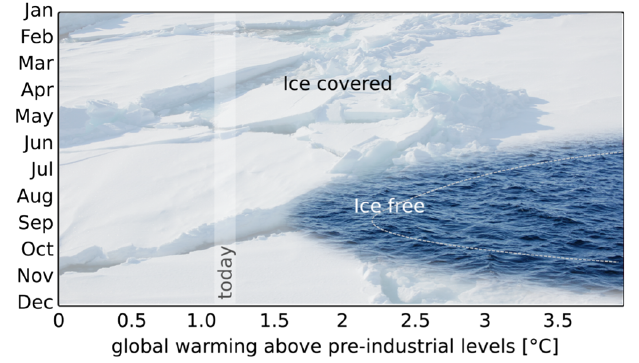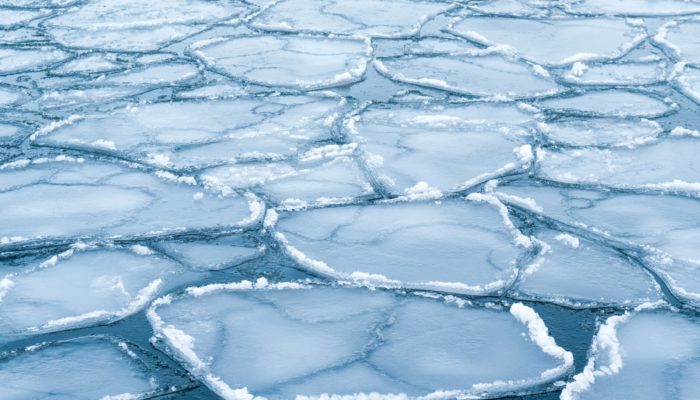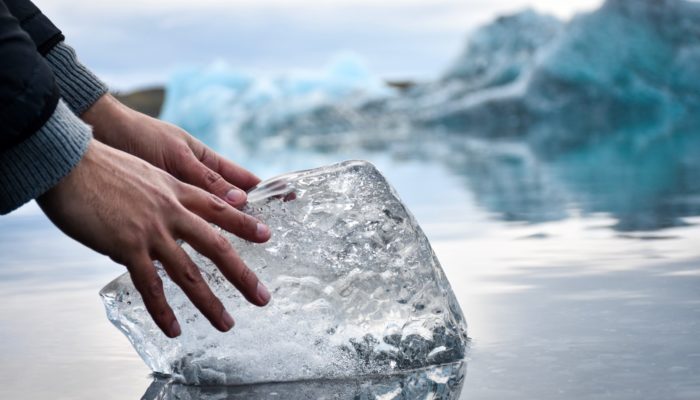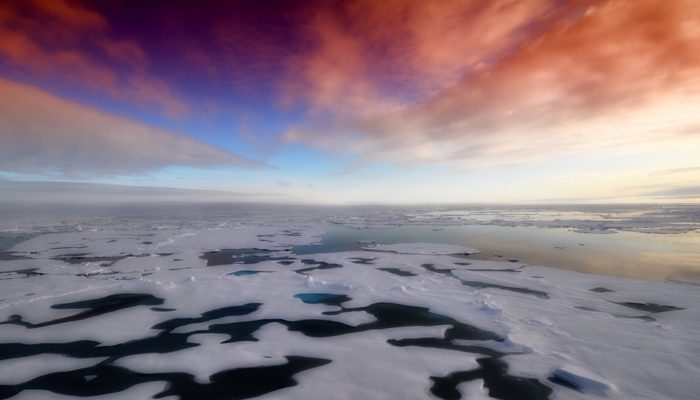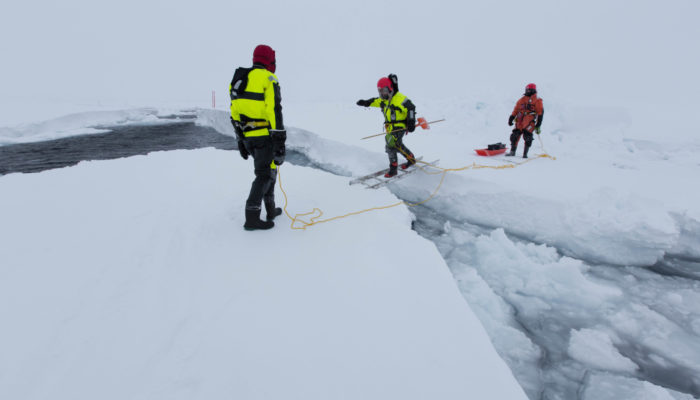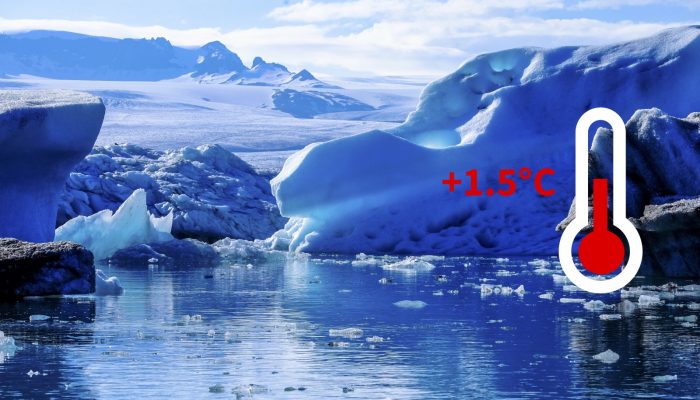The illustration above shows a sketch of the evolution of Arctic sea ice for different levels of warming and the different months of the year, based on the simple extrapolation of observations. A new study, in which I was involved, uses the latest available global climate models and shows that the Arctic Ocean could become practically ice free at the end of the summer for the first time before 205 ...[Read More]
The future of Arctic sea ice
